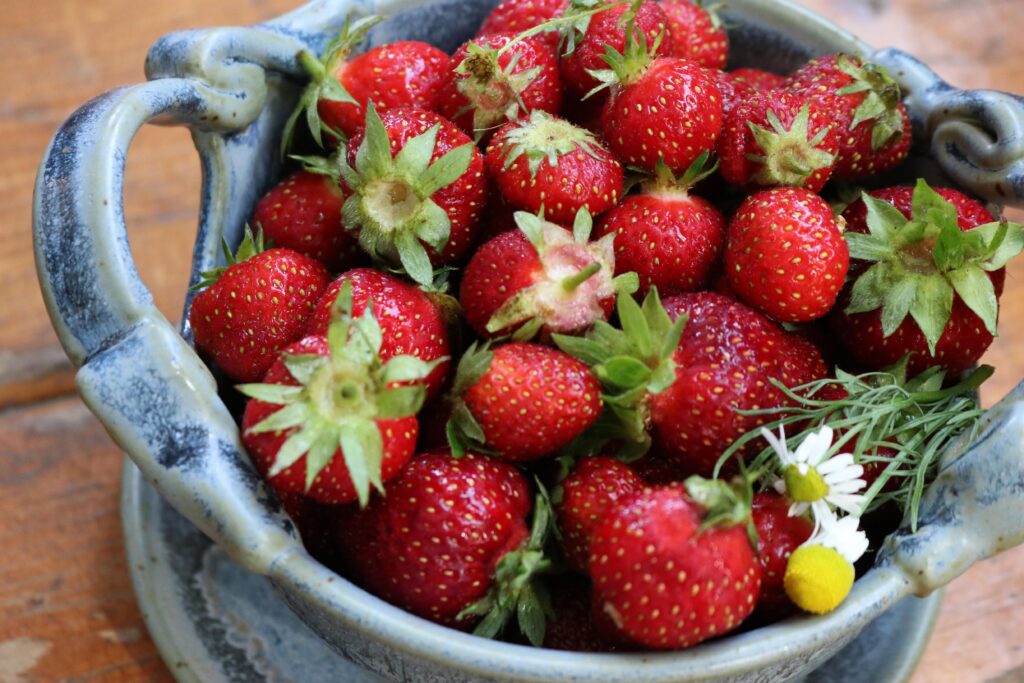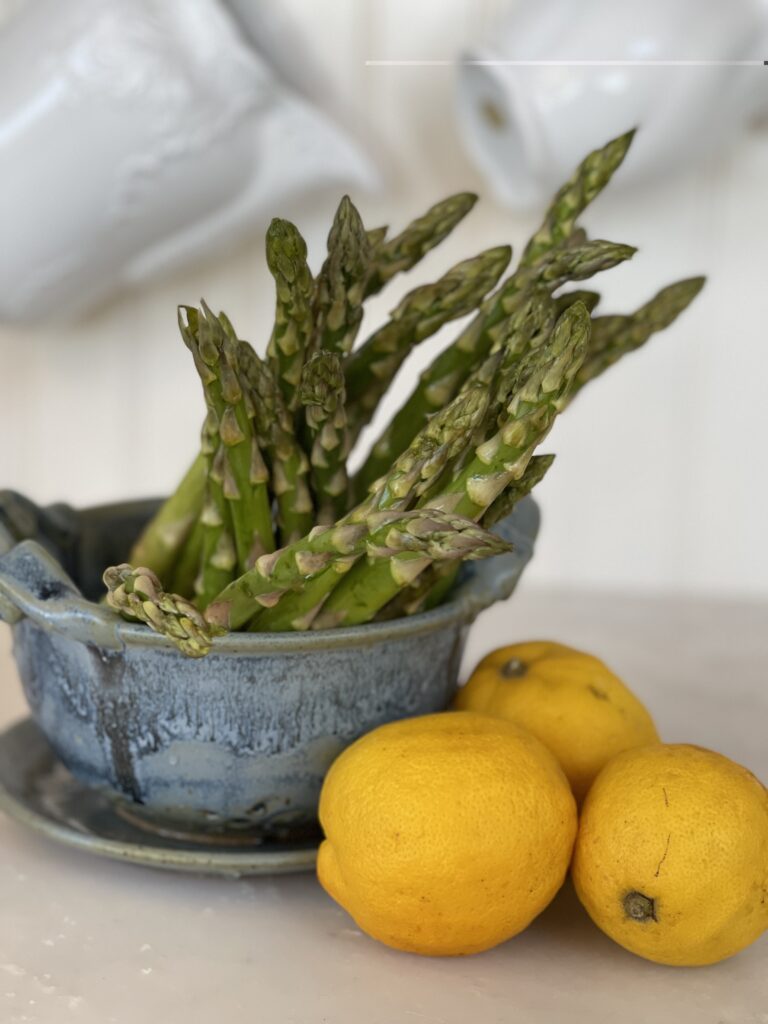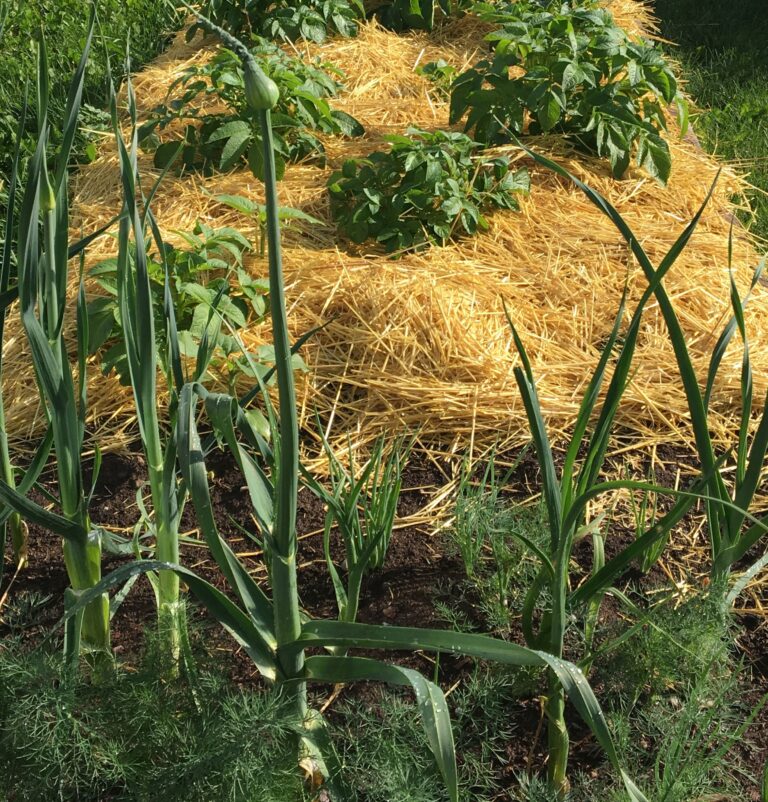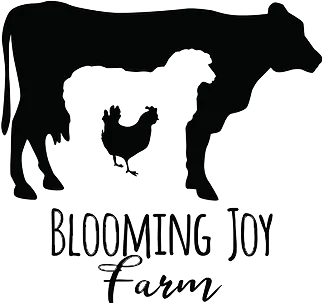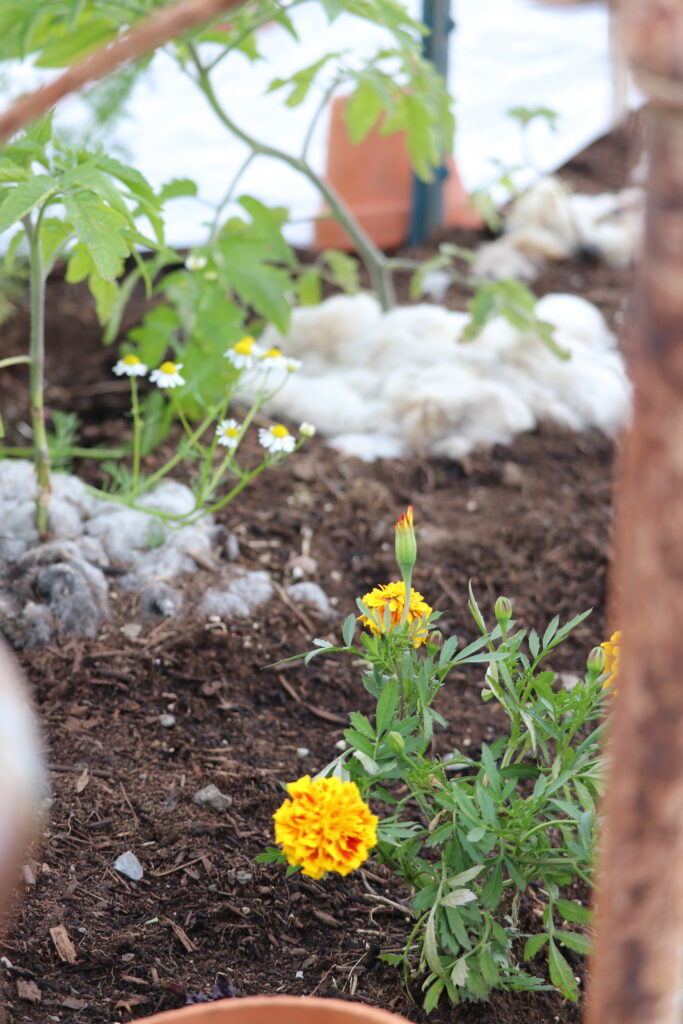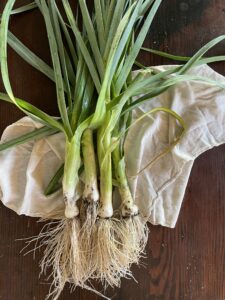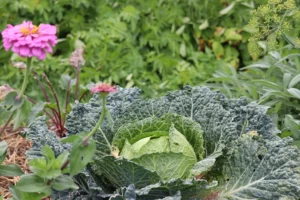Getting an Early Start in the Garden: Frost Cloth, Wool Mulch, Milk Jug Greenhouses & Seed Starting
Gardening in a northern climate, especially in zones 4-5, is a sprint. As soon as winter releases its grip and spring arrives, it’s time to hit the ground running. The season is short, and making the most of every available growing day is key to a successful harvest.
Over the years, I’ve learned a few tried-and-true methods to get a head start: using frost cloth, repurposed milk jugs as mini greenhouses, and starting seeds indoors. These simple techniques can extend the season by two to three weeks, giving tender plants a better chance at thriving despite unpredictable spring weather.
A Garden-Saving Lesson from a June Snowstorm
One early June, I had my big garden planted. The sugar snap peas and early greens were thriving when, suddenly, a wet snowstorm rolled in, covering everything with over an inch of snow. At first, I worried about how the young plants would handle such an unexpected freeze. But nature, in its perfect design, has a way of providing.
Snow, as it turns out, is an excellent insulator. It gently blankets the ground, holding in warmth and shielding plants from the harshest of temperature drops. My deeply mulched garden, covered in straw and newspaper, worked together with the snow to protect the tender greens. The milk jug cloches I had placed over my tomato plants provided another layer of defense, and when the snow melted away, I found that I hadn’t lost a single plant.
Pa, in The Little House on the Prairie series, once said, “A spring snow shower is a poor man’s fertilizer.” There’s a deep truth in that. Learning to work with nature, rather than fight against it, is an ongoing lesson in gardening. Each season, I’m reminded that nature offers us tools if we pay attention—whether it’s snow’s protective insulation, frost cloth’s gentle barrier, or the humble milk jug repurposed into a tiny greenhouse.
The Hidden Power of Wool in the Garden
Each spring, after we shear our Icelandic sheep, there are always a few wool pieces that aren’t quite good enough to send to the mill. Not wanting to waste them, I started researching how wool could benefit plants—and I was amazed at what I found!
Wool is a natural moisture-retaining mulch, a bug deterrent, and a slow-release nitrogen source for the soil. I’ve put it to the test in my own garden with great success:
- Seed Starting: I use wool as a liner in my seed-starting boxes. It holds moisture beautifully, giving delicate roots a consistent water source.
- Potted Plants: Wool mulch helps with water retention, reducing how often I need to water.
- Weed & Moisture Control: Last year, I top-dressed my tomato and raspberry beds with wool, and the results were fantastic—fewer weeds and better moisture retention.
- Pest Prevention: Wool fibers can deter certain pests, making it a useful protective layer around plants.
Wool has become one of my favorite tools in the garden, and I encourage you to find a local source and experiment with it yourself. It’s a sustainable, natural resource that fits perfectly into an earth-friendly gardening approach.
Using Milk Jugs as Mini Greenhouses
One of the thriftiest ways to protect young plants from late spring frosts is by repurposing plastic milk jugs. Here’s how:
- Cut the bottom off a clean, empty milk jug.
- Place it over your plant, pushing it slightly into the soil to secure it.
- Use the cap as a way to control airflow—leave it on during cold nights and remove it during the day for ventilation.
These little cloches create a warm microclimate for your plants, protecting them from frost and harsh winds while also keeping pests at bay.
The Power of Frost Cloth
Another effective way to protect young plants is by using frost cloth. This lightweight, breathable fabric allows air and moisture to pass through while providing an insulating layer against the cold. We’ve built small hoop structures over our raised beds using rebar and PVC pipe, draping frost cloth over them when needed. On average, this setup has given us a two- to three-week head start on the season.
Knowing Your Growing Zone & Microclimate
Understanding your growing zone is crucial for timing your plantings. In zone 4-5, mid-May is generally the right time to direct seed cool-season crops like sugar snap peas, kale, spinach, Swiss chard, and carrots.
Beyond your USDA growing zone, it’s also important to learn about your microclimate. Mountains, valleys, and large bodies of water all influence local temperatures. Just ten miles up the road from our farm, it can be 5-10°F different, which can shift planting times dramatically. Knowing these nuances helps in planning and protecting plants from unexpected weather swings.
Making the Most of a Short Season
By starting seeds indoors, using milk jug cloches, applying frost cloth, and paying attention to microclimates, you can maximize your growing season—even in the unpredictable northern climate. Gardening here may feel like a sprint, but with a little planning and resourcefulness, it’s a race well worth running.
How to Get an Early Start in Your Garden
🌱 Use Milk Jugs as Mini Greenhouses
- Cut the bottom off a clean plastic milk jug.
- Place it over young plants, pressing it slightly into the soil.
- Use the cap to control airflow—keep it on during cold nights, remove it during the day.
🛡️ Protect Plants with Frost Cloth
- Drape frost cloth over garden beds to shield plants from cold snaps.
- Secure it with rocks, clips, or stakes.
- For raised beds, create a simple frame using rebar and PVC pipe, then cover with frost cloth.
🌿 Start Cool-Season Crops on Time
- Direct seed hardy plants like sugar snap peas, kale, spinach, Swiss chard, and carrots by mid-May (or based on your local growing zone).
- Know your microclimate—it may be warmer or cooler than the general zone recommendation.
🏡 Know Your Growing Zone & Microclimate
- Check your USDA growing zone for proper planting times.
- Pay attention to your local landscape—mountains, valleys, and water sources can impact temperatures and frost dates.
By combining these simple strategies, you’ll gain 2-3 extra weeks of growing time, giving your plants the best chance to thrive—no matter what surprises the weather has in store!
